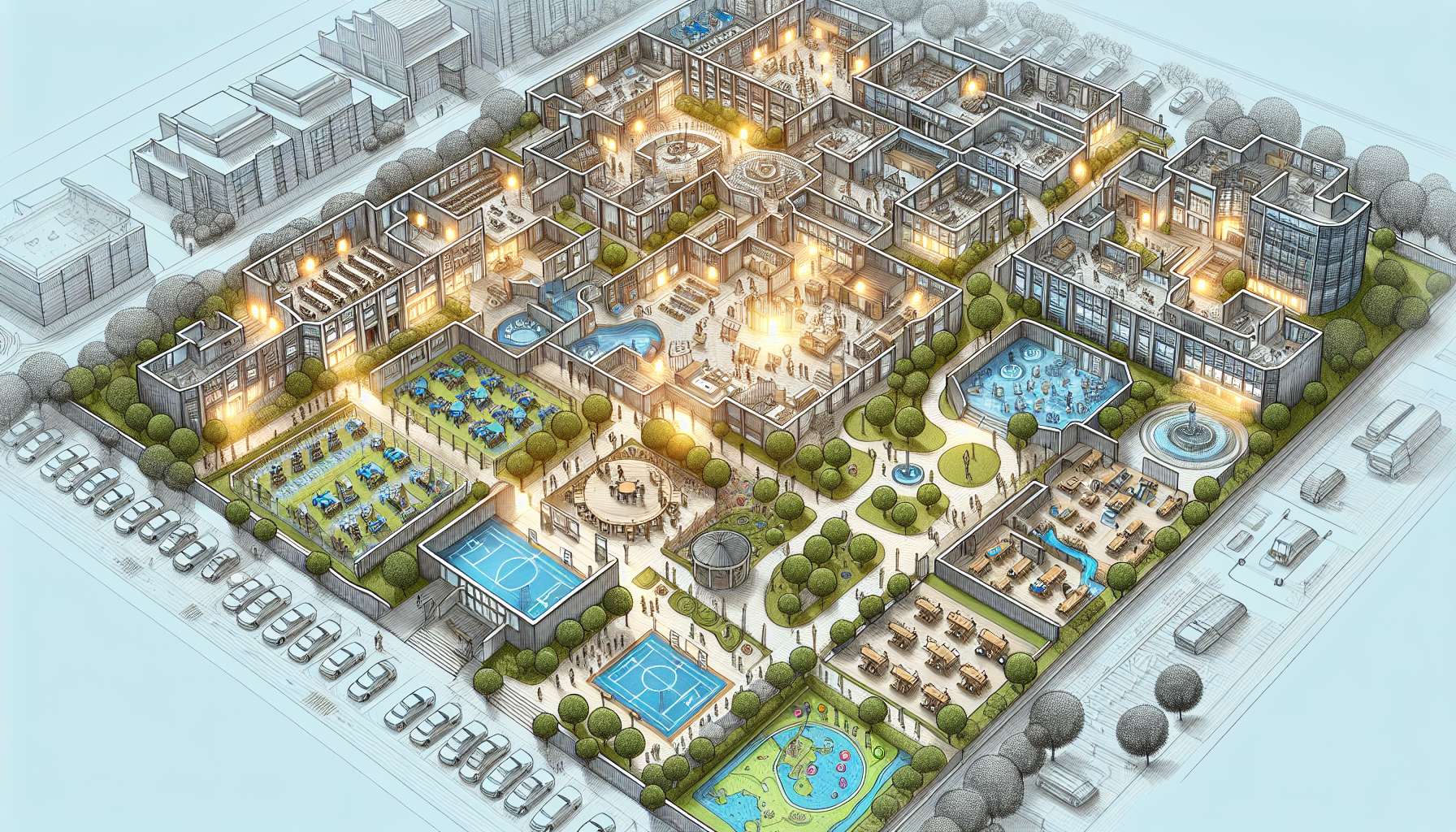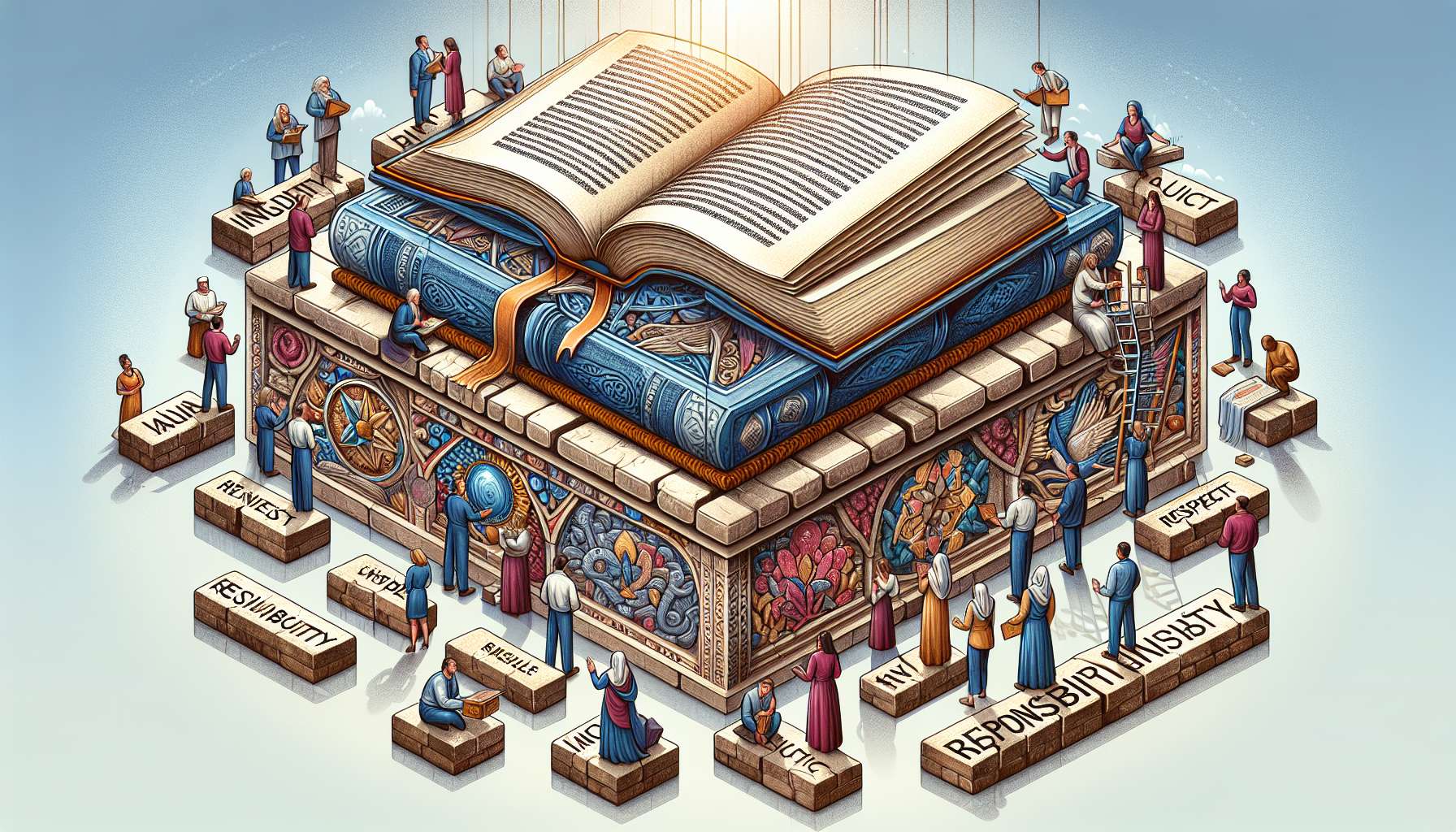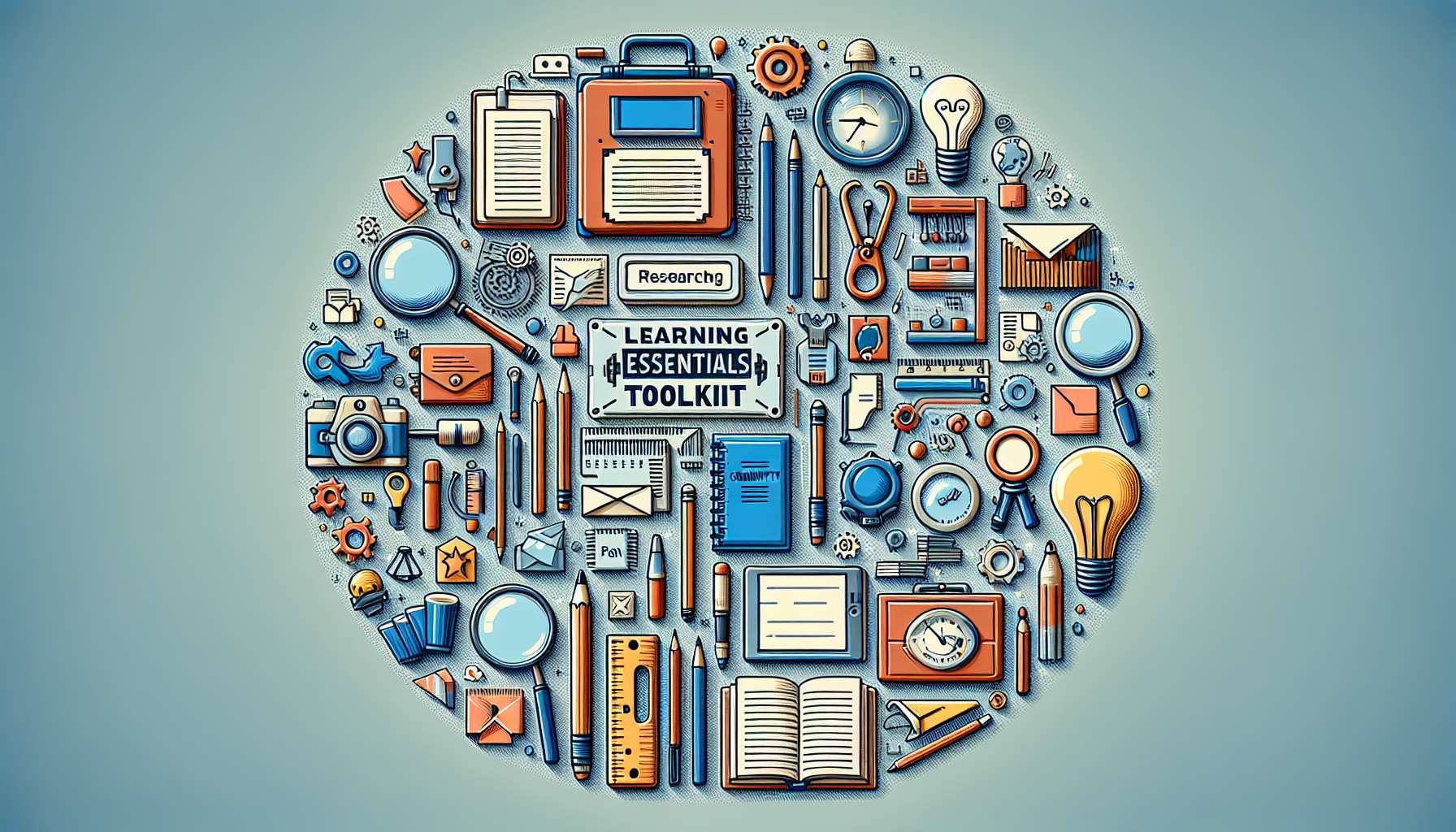Educational Building Plan: A Comprehensive Guide
When we think about education, we often focus on the curriculum, teaching methods, and student outcomes. However, one crucial aspect that plays a significant role in shaping the learning environment is the physical space where education takes place. Educational building plans encompass the design, construction, and maintenance of educational facilities, from schools to universities. In this article, we will delve into the world of educational building plans, exploring its importance, key elements, and impact on learning outcomes.
The Importance of Educational Building Plans
Educational building plans are not just about creating structures; they are about creating conducive environments for learning. The design of educational facilities can have a profound impact on student performance, behavior, and well-being. Research has shown that well-designed educational buildings can enhance student engagement, collaboration, and creativity. By incorporating elements such as natural light, flexible spaces, and interactive technology, educational building plans can support different learning styles and cater to the diverse needs of students.
Moreover, educational building plans also play a crucial role in promoting sustainability and environmental awareness. Green building practices, such as energy-efficient design, water conservation, and waste reduction, are becoming increasingly important in educational construction. By incorporating sustainable features into educational buildings, schools and universities can reduce their carbon footprint and teach students the importance of environmental stewardship.
The Elements of Educational Building Plans
When developing an educational building plan, several key elements need to be considered to create a functional and efficient learning environment. These elements include:
1. Site Selection and Layout
The location of an educational facility can have a significant impact on its accessibility, safety, and overall effectiveness. Site selection involves factors such as proximity to public transportation, availability of utilities, and surrounding community resources. The layout of the site also plays a crucial role in determining the flow of traffic, security measures, and outdoor learning spaces.
2. Building Design and Architecture
The design of educational buildings should reflect the mission and values of the institution while also meeting the functional needs of students and faculty. Factors such as building orientation, natural ventilation, and interior layout can enhance the overall learning experience. Additionally, incorporating elements of biophilic design, such as green spaces and natural materials, can improve student well-being and cognitive function.
3. Technology Integration
In today’s digital age, technology is an integral part of the educational experience. Educational building plans should include provisions for technology integration, such as high-speed internet, interactive whiteboards, and multimedia resources. By incorporating technology into educational facilities, schools and universities can enhance teaching and learning outcomes while preparing students for the digital workforce.
4. Sustainability and Environmental Impact
As mentioned earlier, sustainability is a key consideration in educational building plans. Green building practices, such as solar panels, rainwater harvesting systems, and energy-efficient lighting, can reduce operating costs and environmental impact. By promoting sustainability, educational institutions can demonstrate their commitment to eco-friendly practices and inspire future generations to be responsible stewards of the planet.
Case Studies in Educational Building Plans
Several educational institutions around the world have implemented innovative building plans that have transformed the learning environment for students and faculty. One such example is the Green School in Bali, Indonesia, which is built entirely from bamboo and other sustainable materials. The school’s unique design incorporates open-air classrooms, organic gardens, and renewable energy sources, creating a holistic and environmentally friendly learning space.
Another case study is the High Tech High schools in California, which are known for their project-based learning approach and cutting-edge facilities. The schools feature flexible learning spaces, state-of-the-art technology, and collaboration zones to foster creativity and innovation among students. By reimagining traditional school design, High Tech High has set a new standard for educational building plans that prioritize student engagement and real-world application.
Challenges and Controversies in Educational Building Plans
While educational building plans have the potential to enhance the learning experience, they also face challenges and controversies that need to be addressed. One common issue is the lack of funding for educational construction projects, which can lead to delays, cost overruns, and compromised building quality. Inadequate funding can also hinder the implementation of sustainable features and modern technology, limiting the long-term impact of educational building plans.
Another challenge is the resistance to change from stakeholders, including teachers, parents, and community members. Educational building plans often involve significant modifications to existing structures or practices, which can be met with skepticism or opposition. Building consensus among stakeholders and addressing their concerns is crucial for the successful implementation of educational building plans.
The Future of Educational Building Plans
As we look towards the future, educational building plans will continue to evolve to meet the changing needs of students and educators. Advances in technology, sustainability, and pedagogy will shape the design and construction of educational facilities, creating innovative and inspiring learning environments. By embracing best practices in educational building plans and fostering collaboration among architects, educators, and policymakers, we can create spaces that empower students to thrive and succeed.
Conclusion
In conclusion, educational building plans are essential for creating dynamic, engaging, and sustainable learning environments. By incorporating elements such as site selection, building design, technology integration, and sustainability, educational institutions can provide students with the tools and resources they need to excel in the 21st century. As we continue to prioritize education and invest in the future of our youth, educational building plans will play a crucial role in shaping the educational landscape for generations to come. Let’s embrace the power of design and innovation to create spaces that inspire, educate, and transform lives.
Whether you’re a student, educator, or policymaker, the impact of educational building plans is undeniable. By understanding the key elements, challenges, and future trends in educational building plans, we can work together to create learning environments that foster creativity, collaboration, and lifelong learning. Let’s build a brighter future through innovative and sustainable educational building plans.
Thank you for joining us on this journey through the world of educational building plans. Together, we can shape the future of education and empower students to reach their full potential.




